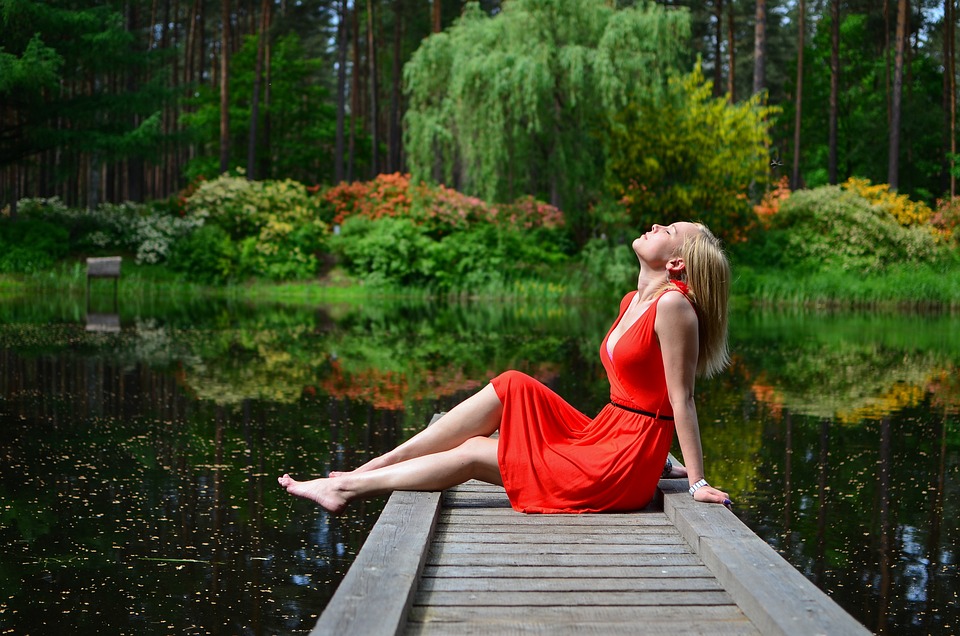The Evolution of Fashion in Film: A Look at Iconic Costumes
Introduction
Fashion has always played a paramount role in the world of film. From the elegant attire of classic Hollywood to the avant-garde costuming of modern cinema, costumes have not only enhanced storytelling but have also become iconic in their own right. In this article, we will trace the evolution of fashion in film, exploring how costumes have evolved alongside societal changes, technological advancements, and shifting artistic trends.
Early Beginnings: The Birth of Costume Design
In the early days of cinema, costume design was a relatively unexplored territory. Actors would typically wear their own clothes or generic attire that did not necessarily reflect the character they were portraying. However, as the medium grew and developed, costume designers began to emerge, recognizing the power of clothing in enhancing characters and storytelling.
One of the earliest examples of noteworthy costume design can be seen in the 1939 film “Gone with the Wind.” Walter Plunkett’s costumes for Scarlett O’Hara embodied the elegance and opulence of the antebellum South, becoming instantly iconic and representing the character’s determination and resilience.
Golden Age of Hollywood: Glamour and Sophistication
The Golden Age of Hollywood brought forth a new era of fashion on the silver screen. With the advent of Technicolor and larger budgets, costume designers had the opportunity to create stunning and elaborate ensembles that reflected the glamour and sophistication of the era.
The 1950s witnessed the rise of legendary costume designers such as Edith Head and Hubert de Givenchy. Edith Head’s iconic designs for Audrey Hepburn in “Breakfast at Tiffany’s” and Grace Kelly in “Rear Window” defined an era of elegance and style. Meanwhile, Givenchy’s collaborations with Hepburn, particularly in “Sabrina” and “Funny Face,” solidified their status as fashion icons and revolutionized fashion in film.
The 1960s and Beyond: Breaking Boundaries
The 1960s marked a significant shift in costume design, as filmmakers began to challenge societal norms and push artistic boundaries. This era saw costumes being used as vehicles for social commentary and self-expression.
The film “Easy Rider” (1969) is a prime example of this change. Costume designer Laura Holman captured the counterculture spirit of the time, dressing the protagonists in leather jackets, denim, and fringe. This rebellious fashion choice became synonymous with the film’s anti-establishment message.
The Contemporary Age: Fusion of Fashion and Fantasy
In the contemporary age of film, costume design has become an amalgamation of fashion, technology, and storytelling. With advancements in CGI and special effects, costume designers have an even greater canvas to bring their creations to life.
A prime example of this fusion is seen in the “Hunger Games” series. Costume designer Judianna Makovsky skillfully blended high-fashion elements with post-apocalyptic aesthetics, creating striking and memorable looks that perfectly captured the dystopian world of Panem.
FAQs
1. What role does costume design play in film?
Costume design plays a crucial role in film as it helps to establish a character’s identity, enhance storytelling, and create visual impact. It can convey a character’s personality, social status, or the time period in which the story is set.
2. How has costume design evolved over time?
Costume design has evolved alongside societal changes, artistic trends, and technological advancements. From basic attire in the early days of cinema to intricate and visually stunning creations today, costume design has become an integral part of the filmmaking process.
3. Who are some influential costume designers in film history?
There have been many influential costume designers throughout film history. Two notable names include Edith Head, known for her work in classic Hollywood films, and Sandy Powell, who has collaborated with renowned directors such as Martin Scorsese and Todd Haynes.
4. Can costume design inspire real-world fashion trends?
Absolutely. Throughout history, costume design in film has often influenced real-world fashion trends. Whether it’s the iconic little black dress from “Breakfast at Tiffany’s” or the punk-inspired attire of “Trainspotting,” the impact of costumes on popular fashion cannot be denied.
5. What is the significance of iconic costumes in cinema?
Iconic costumes in cinema have a lasting impact on popular culture. They become visual symbols of a character, film, or era and can inspire fashion trends, Halloween costumes, and even museum exhibitions. They are a testament to the power of clothing in storytelling and the influence of film on society.
Conclusion
The evolution of fashion in film is a testament to its ever-changing nature and its ability to captivate audiences through visual storytelling. From the earliest days of cinema to the contemporary age of CGI, costumes have played a pivotal role in enhancing characters and immersing viewers in the world of film. As the fashion and film industries continue to evolve, we can only anticipate what groundbreaking and iconic costumes await us in the future.
References:
– Bening, Catherine. “Film Costume: An Annotated Bibliography.” Garland Science, 1997.
– Mulvey, Laura. “Visual Pleasure and Narrative Cinema.” Screen, vol. 16, no. 3, 1975, pp. 6-18.
– Steele, Valerie. “The Impossible Collection of Fashion.” Assouline, 2011.




